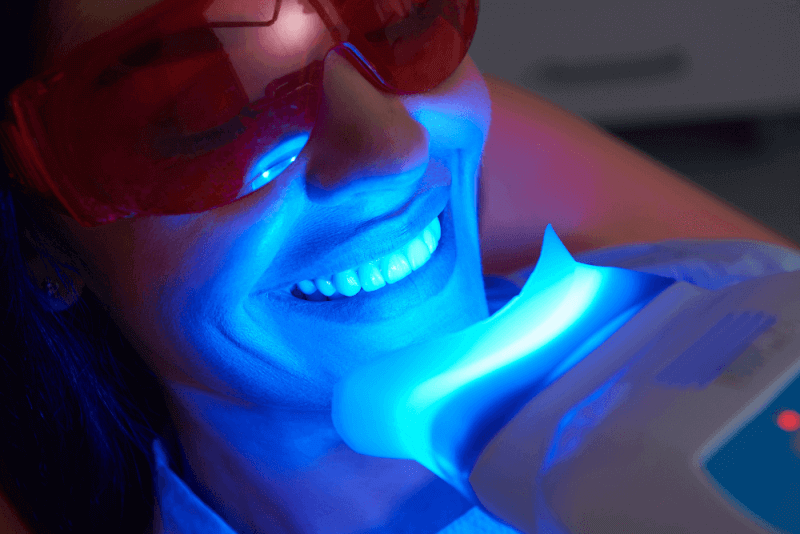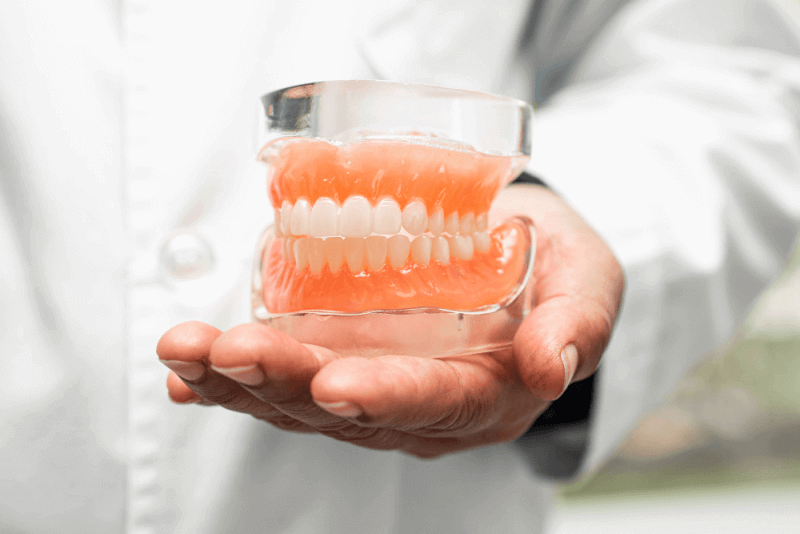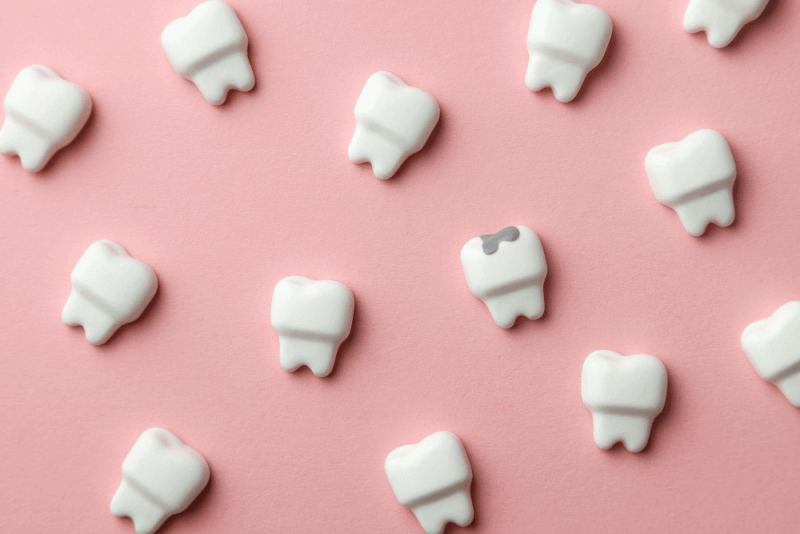What is Teeth Whitening?
The enamel of teeth can change color as part of daily life. Sometimes, this can occur even in individuals who practice regular oral hygiene. Discoloration of the teeth can lead to an undesirable appearance. Teeth whitening procedures are used to aesthetically enhance the appearance of the teeth by removing these discolorations.
Teeth whitening, performed by dentists, involves the application of special dental tools and chemicals along with specific toothpaste. Since there are various techniques for teeth whitening, the most suitable method should be chosen based on the patient’s needs.
Why is Teeth Whitening Done?
Teeth whitening is performed to remove yellow or brown stains from the enamel or to make the teeth appear brighter. Factors that contribute to tooth discoloration include:
- Frequent consumption of foods and drinks like tea and coffee that cause external staining of the enamel. The chemicals in these foods gradually affect the enamel from the outside.
- Damage or loss of function in the tissues inside the tooth can also cause discoloration. This is often seen in children during their developmental years due to factors like fever, medication use, or trauma.
When is Teeth Whitening Appropriate?
Teeth whitening is typically chosen due to enamel discoloration caused by factors such as coffee and tobacco use. Changes in the color of the enamel can make the teeth and smile look unattractive. Additionally, the factors that cause enamel discoloration can also negatively impact oral health. Therefore, teeth whitening is considered for both aesthetic and health reasons.
Teeth Whitening Methods
Teeth whitening can be performed using various methods depending on the individual's needs. The methods of teeth whitening include:
Home Teeth Whitening
With home teeth whitening, individuals can whiten their teeth at home. First, an impression of the patient’s mouth is taken. Then, whitening trays are custom-made to fit these impressions. A specific amount of whitening gel is applied to these trays. The gel typically contains 10-15% carbamide peroxide or hydrogen peroxide. The trays need to be worn for at least 4-6 hours a day. The treatment usually lasts 10-15 days.
In-Office Teeth Whitening
This type of teeth whitening is performed in a clinical setting. It is also known as laser teeth whitening. This procedure, performed by dentists, delivers results in a shorter time compared to other teeth whitening methods. A special gel is applied to the teeth, and then activated using UV light or laser. This procedure takes about one hour.
Combination Teeth Whitening
In combination teeth whitening, the procedure starts with an in-office treatment by the dentist and is followed by at-home treatment for 2-3 days to enhance the results.
Single Tooth Whitening
Single tooth whitening is applied when a tooth changes color after a root canal treatment. First, the filling is removed, and whitening gel is applied to the cavity, which is then sealed with a temporary filling. The process is repeated every 3 days until the desired color is achieved.
Post-Teeth Whitening Care
The duration of the results after teeth whitening depends on daily habits. Therefore, it is important to avoid foods and drinks that can cause staining.
To maintain the effectiveness of the results, it is also recommended to use mouthwash after eating or drinking. This helps prevent any residues that might cause color changes from remaining on the teeth.
Risks of Teeth Whitening
Teeth whitening procedures are generally considered safe, but some complications can occur depending on the type of procedure used. Potential risks of teeth whitening include:
Tooth Sensitivity
Tooth sensitivity is common during the first or second session of teeth whitening. This can result in discomfort when consuming hot or cold foods and drinks or even when breathing through the mouth. However, this sensitivity usually decreases as the treatment progresses.
Gum Sensitivity
The chemicals used in whitening procedures can cause irritation to the gums, leading to gum sensitivity in some individuals.
Incompatibility with Other Dental Treatments
Implants or prosthetics used by patients for various reasons may result in a different color tone compared to other teeth after the whitening procedure. This may require the use of different techniques or additional sessions.







